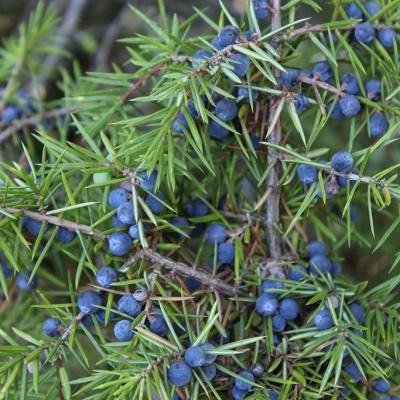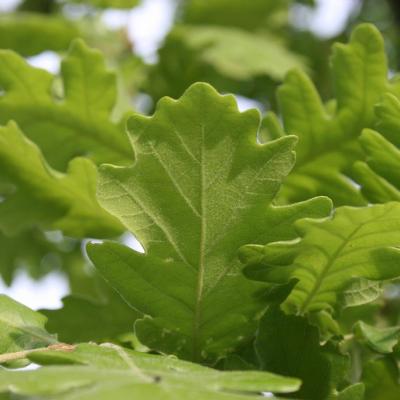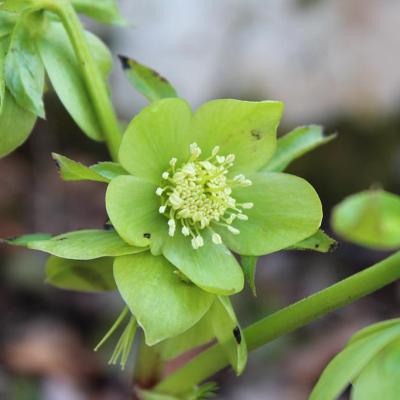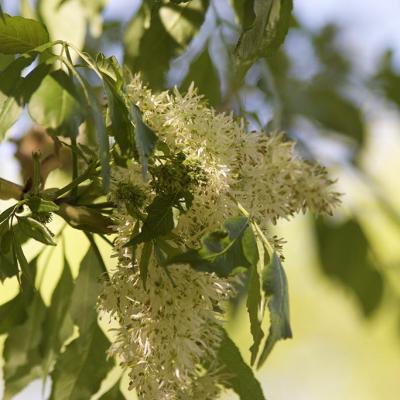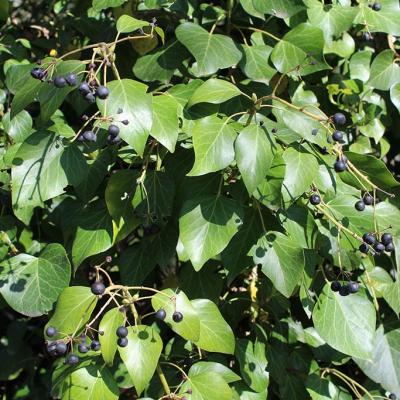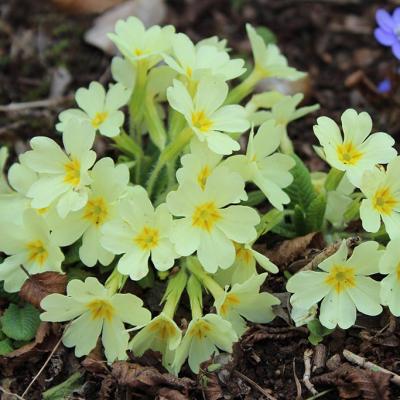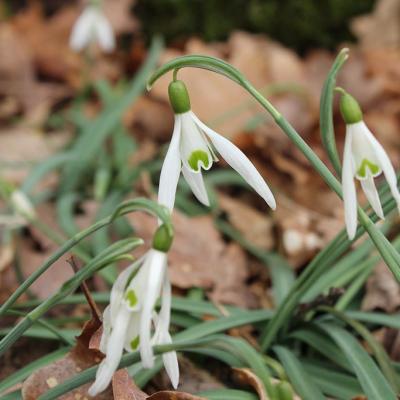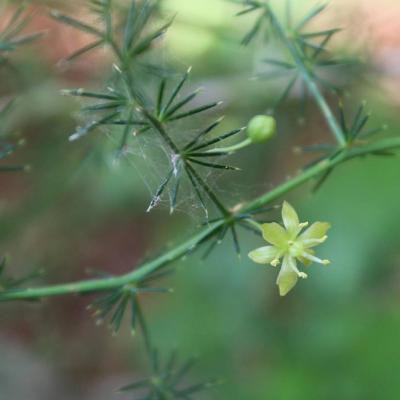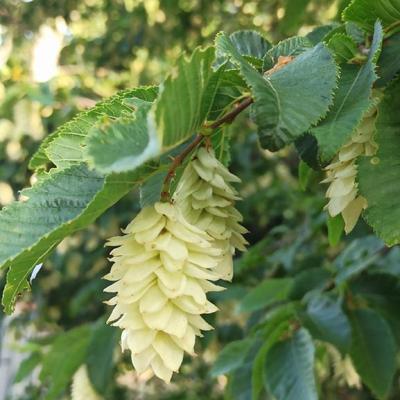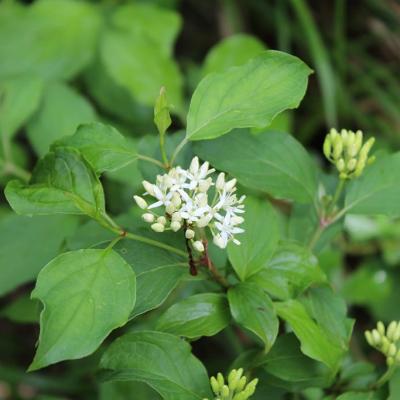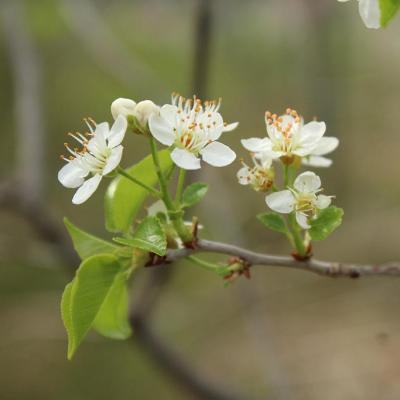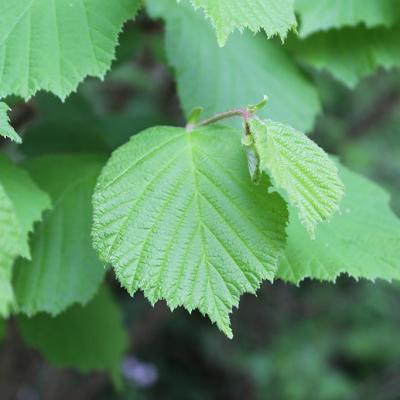Karstic Hedge
Rarely natural in origin, and more often created by people in order to delimit crops or pastures and sometimes used for the production of wild fruits (hazelnuts, blackberries), as well as in relation to bird-catching activities, hedges have become an unmistakable element of the landscape . They can also significantly vary in their floristic composition, although their basic structure is provided by medium-sized shrubs and trees generally subjected to periodic pruning.
The hedges of the Trieste Karst can be traced back to three main types:
• pioneer cherry hedges (Frangulo rupestris – Prunetum mahaleb Poldini 80);
• privet hedges and brambles (Rubo ulmifolii – Ligustretum vulgare Poldini 80);
• snowdrop coryleti (a grouping of Corylus avellana and Galanthus nivalis).
The former, thermophilic, constitute the pioneer shrubby vegetation of the karstic "grize"; their natural origin is hypothesized on the basis of the floristic and ecological affinity with the karst scrub, of which they maintain some essential elements such as Fraxinus ornus, Quercus pubescens, Ostrya carpinifolia, Acer monspessulanum, which are added to Prunus mahaleb, Frangula rupestris, Juniperus communis, Rubus ulmifolius, Cotinus coggygria and Asparagus acutifolius, of a more frankly pioneering nature. The privet and bramble hedges, not represented in Carsiana, appear as a dense tangle of thermophilic shrubs, among which Ligustrum vulgare, Cornus sanguinea, Acer campestre, Acer campestre and Rubus ulmifolius stand out, accompanied by climbers such as Hedera helix and Clematis vitalba. Locally they are known by the name of "graie".
The snowdrop-hazel woods, typical of cool environments, are thought to have originated for the most part from the cuting of the asaro-carpineto (asarabacca - hornbeam community), the dolina woodland, of which they must have formed the margin (shrub edge). They therefore appear as a dense bush dominated by Corylus avellana, accompanied by Acer campestre, Cornus mas, Cornus sanguinea, Fraxinusornus, Hedera helix, Prunus spinosa and Sambucus nigra. Among the herbaceous plants worth mentioning we have Galanthus nivalis, Helleborus multifidus / istriacus, Primula vulgaris, Lathyrus niger, Asarum europaeum and Salvia glutinosa.
In conclusion, we should underline that, in addition to the traditional meanings previously outlined, the hedges have taken on new and more meaningful ones. In the flatter areas, those most deeply altered and compromised by human activities, where they have not been eliminated in the course of exaggerated agricultural intensification, they fulfill the irreplaceable role as an oasis and refuge for numerous plant and animal species, for which the hedges themselves become authentic " biological reservoirs".

